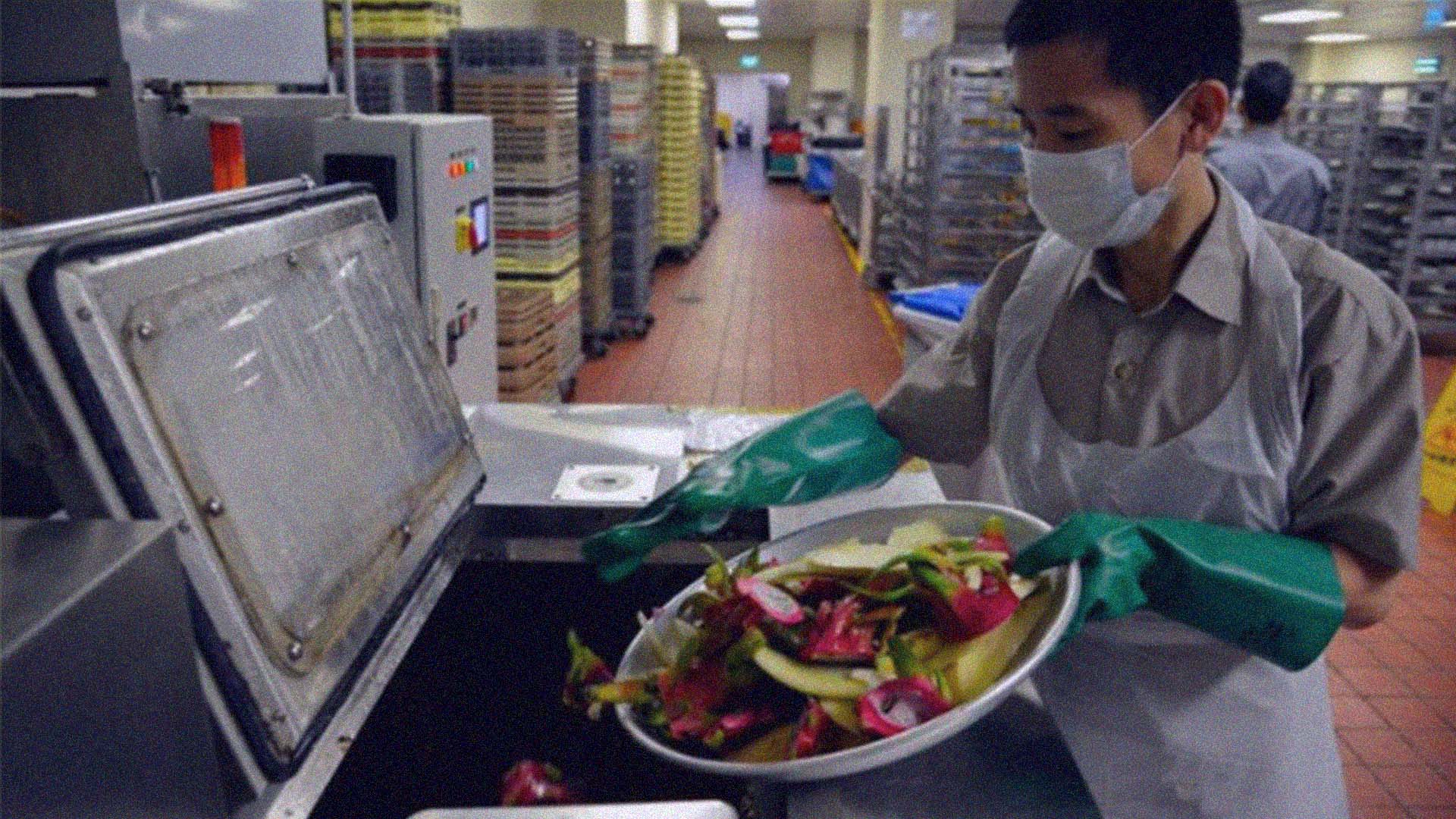Week 13

Dissertation
I also consulted Andreas on making the weight sensor using a tutorial on Arudino which follows the function that I wish to depict as well.
Chicken Farms
Ecologies of Food & Design
The speakers’ perspectives on food systems were quite new and refreshing to me as they had placed emphasis on the importance of telling the stories of local food and culture passed down from their ancestors.
It made me think about go back to think about my target audiences’ needs and how to connect with them through Singapore food and culture. It is important to consider these touchpoints to make my project more relatable to Singaporean Gen Zs.
At the intersection of Technology and Food Design
After the session, I explored the speakers’ portfolios which gave me a lot of material for food design research that I could tap into for my dissertation!
One of the books I found from one of Gabriella’s written pieces was a book by architect, Carolyn Steel, How Food Shapes Our Lives which she referenced in the article about how although urban areas occupy a small fraction of the global surface, they consume up to 75 per cent of the world’s food and energy resources, with daily eating practices distanced from their impact on bioregional natural systems. It shows our co-dependent we are on our natural system for food and energy resources. Steel calls our desire to want to live both in cities and in nature the ‘urban paradox’. It makes me think a lot about the concept of nature being harvested for urban needs and how cities like Singapore sometimes try to open up man-made spaces where nature is built into this little city.
Lack of food security with 90% food supply imports
On a macro level, it’s sad to see that even as a student myself, I bare the effects of this as well. Where buying myself the regular order of 1 meat and 1 vegetable at a neighbourhood cai fan stall suddenly costs $4.20 instead of the previously priced $3.50..
Semakau Landfill running out of space
Trends in People adopting food sustainable practices
Week 1 Presentation →
to spur inspiration & outcomes










